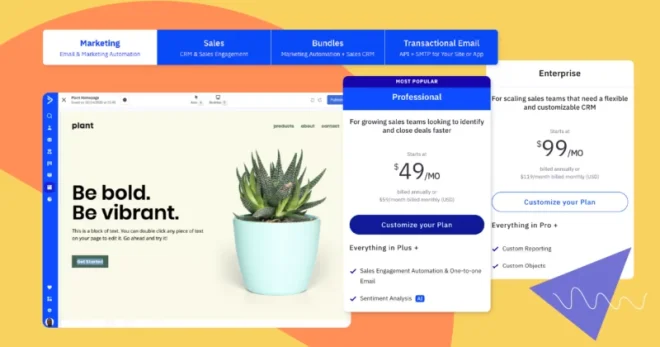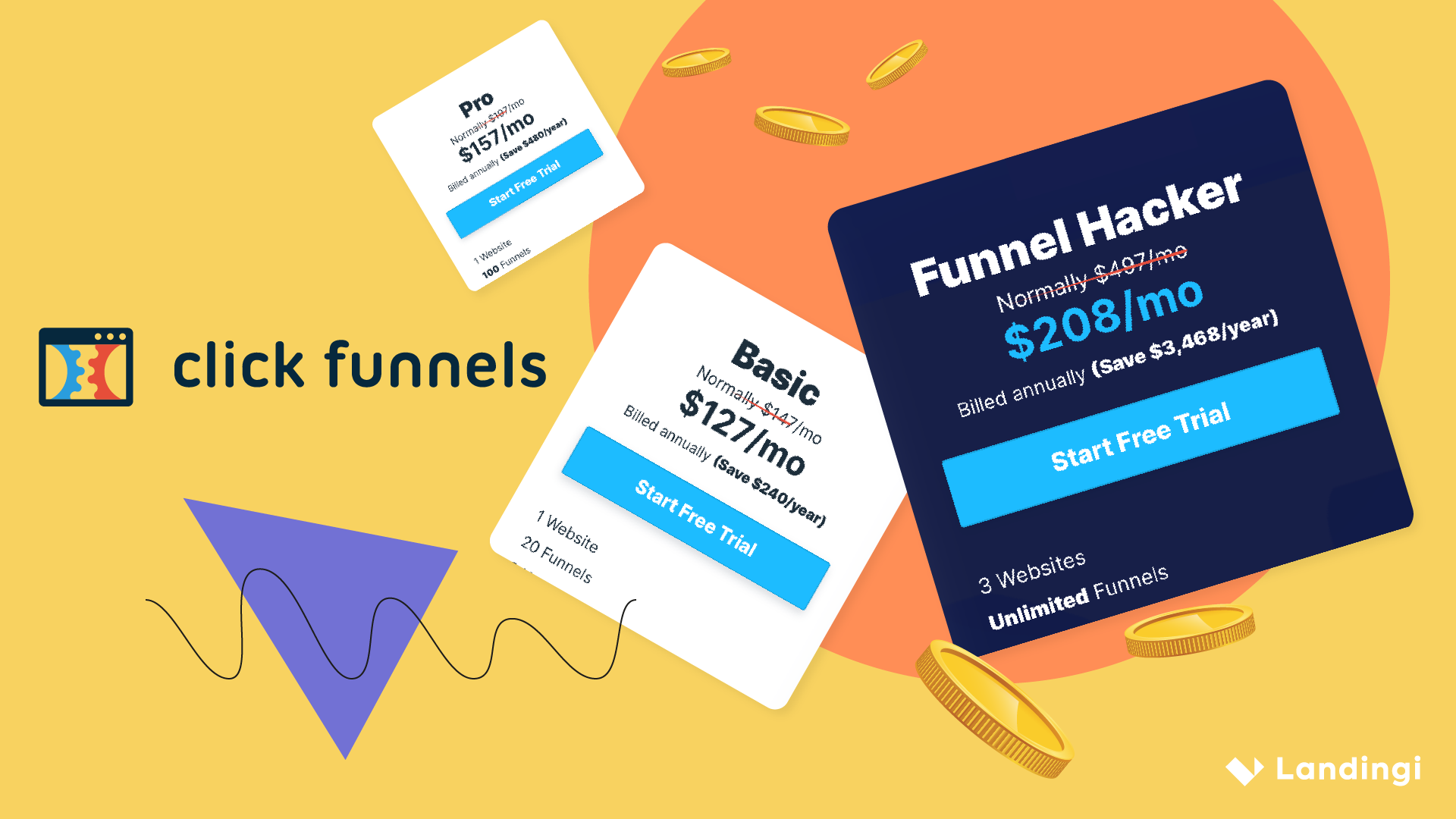The customer acquisition process is essential for your business’s success, and it needs to be implemented effectively.
Its definition states it is the process of bringing new customers to your business. Its goal is to create a systematic and consistent customer acquisition strategy that can evolve with new changes and trends as they appear.
This post contains 15 B2B customer acquisition strategies you can use to sign more businesses as your clients.
Customer Acquisition Strategy
Basically, a customer acquisition strategy is a combination of techniques and/or tools used for acquiring new clients.
There are some points you should bear in mind while choosing and then working out your strategy.
In order to formulate a well-targeted strategy, you should first and foremost ask yourself who exactly your potential customers are, what they are looking for, and how your product or service may satisfy their needs.
To address all these questions, you will probably have to build up a so-called persona (or personas, if you target various groups). Simply put, it is the client type your company is going to reach with a specific offer. It consists of essential characteristics, like for instance their average income, position, localization, demographic and psychological profile, hobbies, interests, and everything that makes your understanding of their behavior more proper or accurate. We’ve talked about personas more specifically in our webinar.
In marketing, it is assumed that an acquisition strategy should be fitted to the precisely determined audience.
The B2B customer acquisition process is a completely different kettle of fish than gaining B2C clients. What works smoothly for the first might be useless at all while aiming at the latter. Even if we talk about the same tools or techniques (email marketing, social media, etc.), they have different importance in both fields and the ways we use them, as a rule, vary a lot.
Strategies for B2B Customer Acquisition
B2B customer acquisition strategies involve a number of marketing channels designed to reach your target audience such as inbound marketing, lead generation, and customer reviews. The goal is to educate those potential customers on how your business can solve their problems.
Get 111 Landing Page Examples—The Ultimate Guide for FREE
1. Inbound marketing
Inbound marketing is said to be one of the most effective methods of winning new B2B clients. These clients frequently tend to be higher-intent, as they have already conducted their research and are looking into your offers. One of the best inbound marketing examples here may be developing a video series or high-quality content strategy aimed at driving prospects to your website.
Video by yumyumvideos.com
2. Referral marketing
Referral marketing is based on old but gold word-of-mouth marketing, but in a slightly more advanced, meticulously planned and business-directed form. It is about encouraging your existing customers to share information about your products, offers, or brand, which is likely to help you generate new customers for your business.
Since, according to Extole study:
“83% of customers are willing to refer after a positive shopping experience”
Another thing that the results of the study have pointed out is the fact that
“Customers acquired through referrals have a 37% higher retention rate”
Those are just two of the reasons why you should give referral marketing some thought.
Another method is to make use of affiliate programs with referral links. You can encourage the affiliates to introduce your brand to their audience by offering special discounts to them. It is also a unique way to maintain relationships with your customers – the situation in which affiliates gather their provision, while you gain recognition and new customers, works for everybody.
Setting up an affiliate program may seem a bit difficult initially, but a little effort is enough to crank up the engine and gather your first affiliates.
3. Social media marketing
Many B2B businesses exclude Facebook or Instagram Advertising as they perceive these platforms, and overall social media marketing, as rather belonging to the B2C world. But they couldn’t be more wrong.
Instagram and Facebook Advertising can generate valuable traffic, increase brand awareness, and provide your business with high quality leads in a cost-effective way.
You should also give LinkedIn some thought, especially when it comes to B2B. This professional platform is here to help you find new, promising customers and build authentic relationships with them.
Apart from just advertising on social media, make sure to post regularly, inform your audience about the latest updates, new launches, discounts, or special offers. It allows you to increase audience engagement and take care of the corporate image.
4. Search Engine Optimization (SEO)
Leads coming from organic search frequently turn out to be more valuable than those coming from business directories. Keeping this in mind, you should find out what your potential B2B customers search for. Then, you will be able to improve your SEO in order to appear higher in the rankings and make your business easy to be found.
5. Content marketing and recycling
Creating meaningful and engaging content on a website or a blog is a highly powerful customer acquisition practice implemented by the vast majority of B2B businesses. According to a Hubspot study:
“51% of B2B marketers prioritize creating visual assets as part of their content marketing strategy”
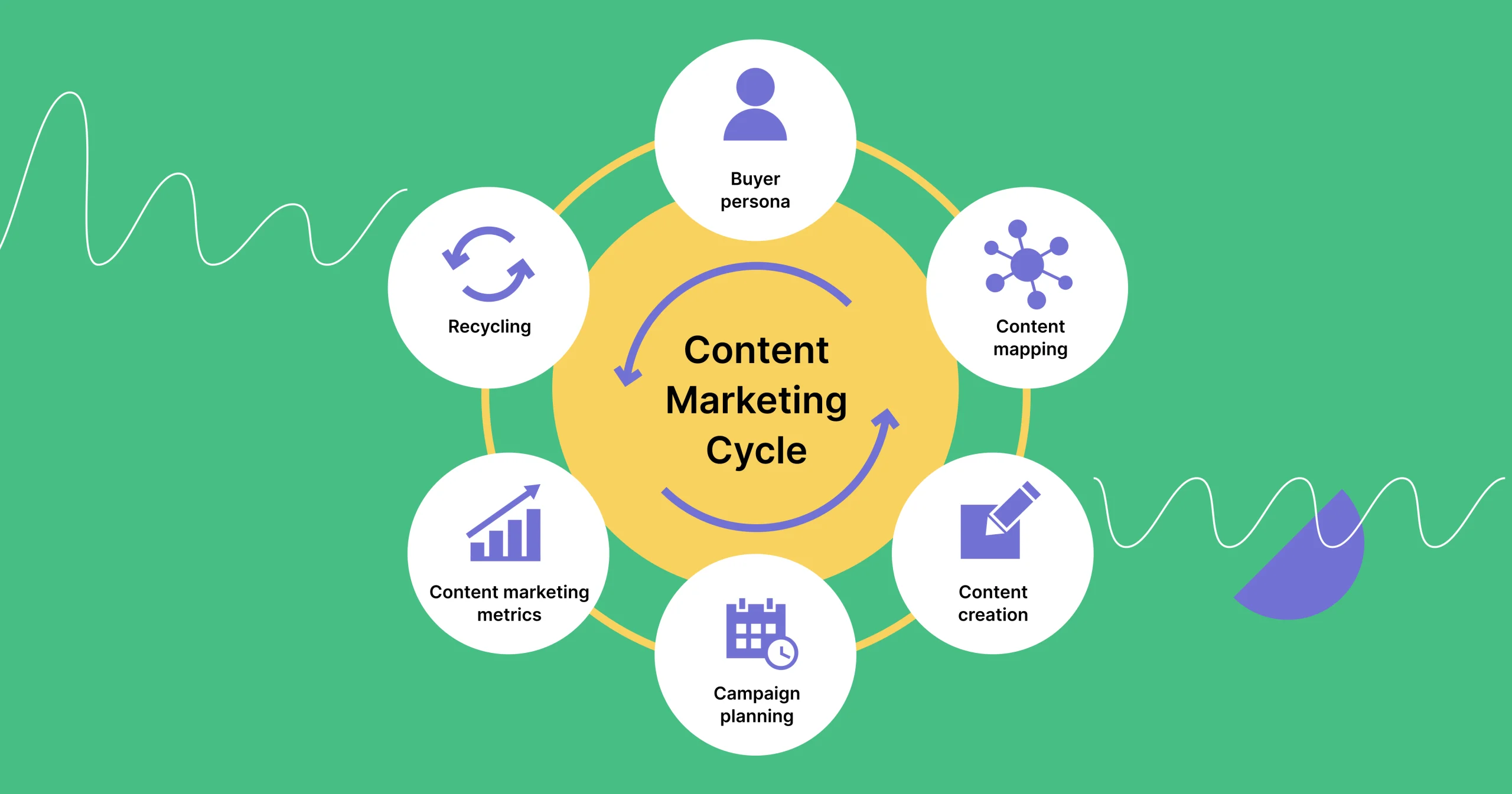
Content marketing allows you to snag your audience’s attention, direct them to your website, and let them explore your business and offer. In order to make the best out of it, you should follow the content marketing cycle:
- create buying personas,
- map the most relevant content for each buyer persona,
- create content (various types – videos, blog posts, webinars, etc.),
- plan content marketing campaigns,
- measure the results,
- recycle the content to revive the topic after some time.
Make your sections smartable and let go of mundane manual tasks with Smart Sections! An easy way to manage bulk changes.
6. Customer reviews
Positive testimonials and customer reviews can also work as a teaser to attract B2B customers. They will be more willing to trust a company with heaps of satisfied clients than a no-name one without any proven sales or loyal customer base.
This is the reason behind the widely used practice of putting testimonials on landing pages (which you can create with the Landingi platform). They are incredibly efficient and profoundly impact the customer’s final decision. Therefore, you should gather positive feedback from your existing clients, as it will facilitate you acquiring new ones.
Other examples of customer reviews:
- Rating platforms, such as G2, Capterra, or Trustpilot, gather customer feedback about all kinds of companies. Potentially interested customers will definitely look into these platforms to check your business reputation, so you should not miss out on them.
- Another highly efficient example of customer review is a case study created together with a given customer. Such a solution is mutually beneficial – your business will have an indisputable piece of evidence that your offer is stellar, and the customer will be able to reach a new audience.
7. Business website
When potential customers come across your business website, they expect to find useful information about your products or services that can be beneficial for them. Hence, your job is to provide them with it.
An enormous number of B2B business websites fail at properly familiarizing visitors with products or services features, which then results in millions of lost opportunities. Don’t just quote prices. Firstly, represent the features and value that your offer comes with.
Take a look at the website of HubSpot, one of the largest B2B marketing tools out there:
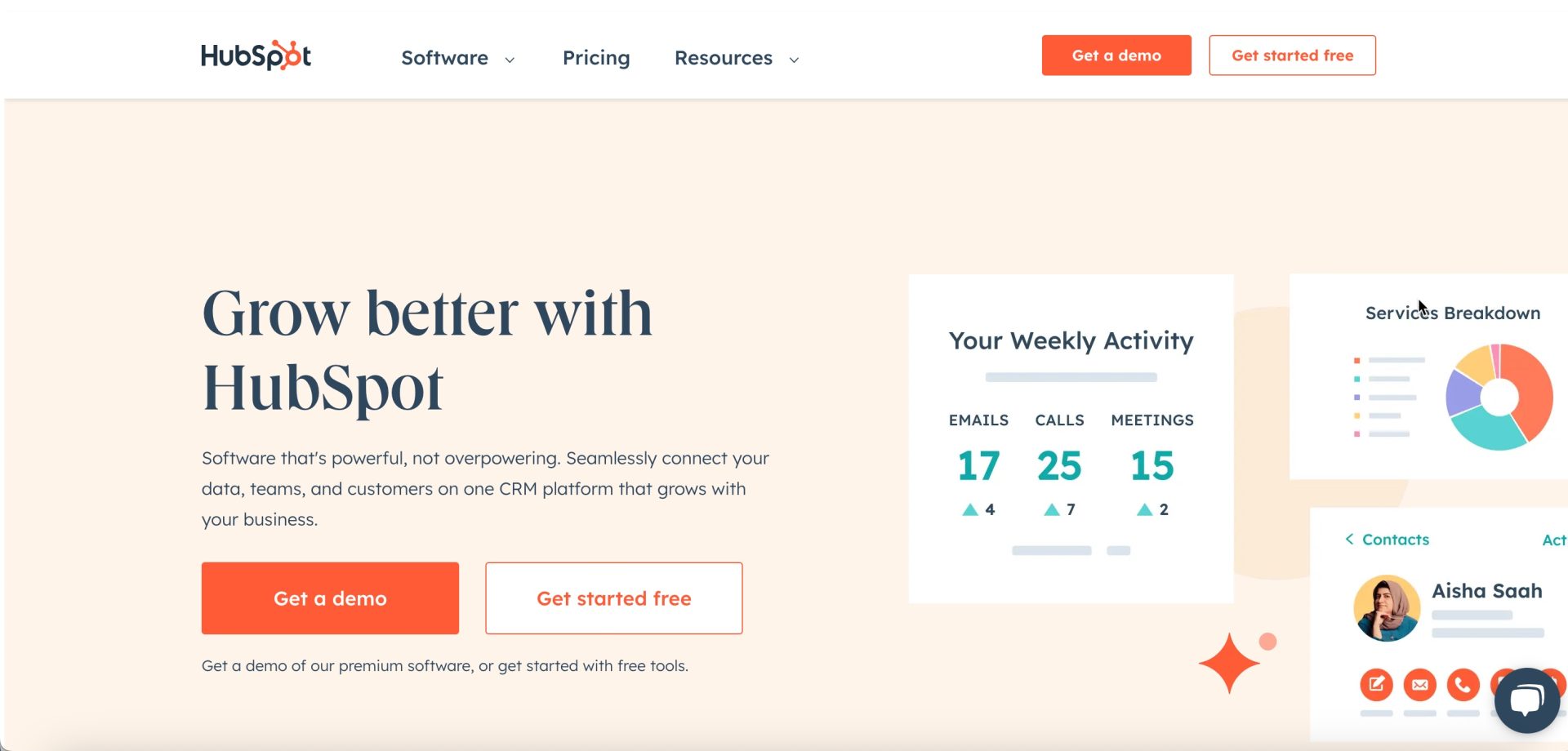
8. Lead generation and lead scoring
Another B2B client acquisition practice is improving your lead generation process to increase the number of prospects (especially once you create a sales funnel). Implementing the lead generation process allows you to get to know your target audience and tailor your offer to their needs.
These days, you have a pool of possibilities when it comes to lead generation – creating meaningful content, implementing email marketing strategy, or promoting relevant content on your social media channels.
Moreover, you shouldn’t miss out on lead scoring (assigning value to each lead based on the probability of engaging with a business), as it allows you to prioritize your efforts on the leads that are most likely to purchase and thus turn them into your customers in a more carefree and rapid way.
One example of lead generation is to use landing pages or pop-ups with a signup form. Both options are more effective than including a box in the sea of content on a website. However, it should be noted that landing pages are considered a better choice of the two, since pop-ups are considered annoying by some users.
Here is an example of what a landing page for B2B could look like:
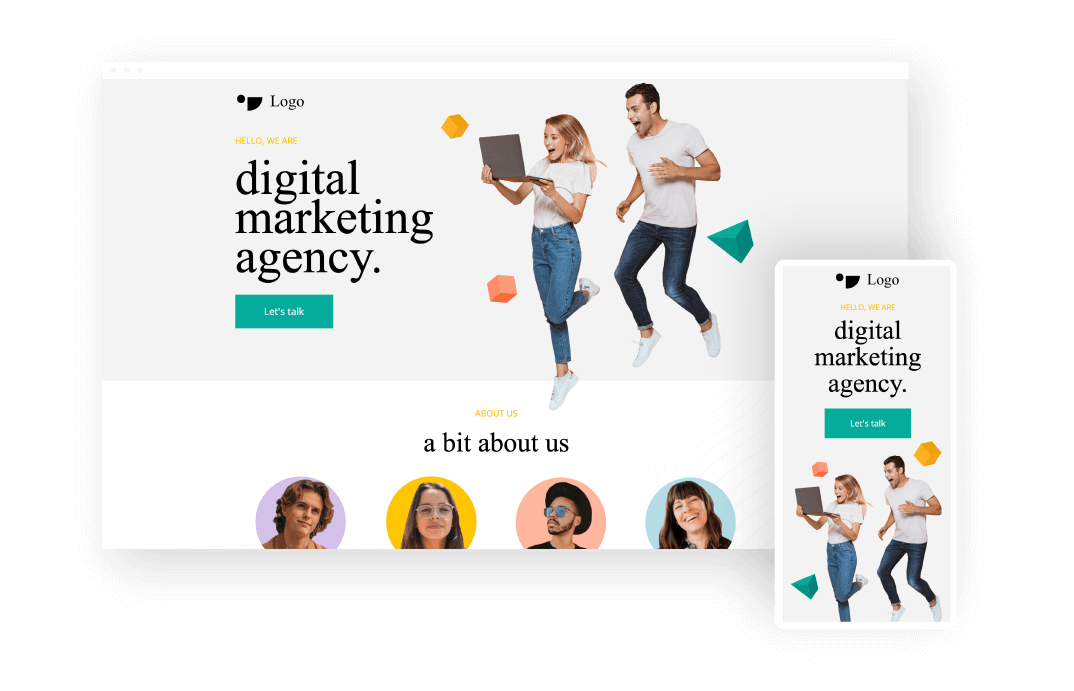
9. Engagement increase
Interactions with your target audience are crucial for creating long-lasting relationships, And these are especially important in the B2B model, where you should appear as a reliable business partner. This is the reason behind the high usage of email marketing in B2B companies.
In order to increase engagement, you should nurture the relationship with existing customers (through email marketing or social media) and also try to reach those less engaged with a different approach (for example, by sending completely different emails or special offers).
10. Outreach marketing
To acquire customers in B2B, you can also reach out directly to a decision-maker. It may be a CEO, director with high authority in the business or procurement manager who decides on what is purchased.
Outreach marketing can substantially speed up the decision-making process and allow you to acquire customers for your business quickly.
11. Freemium and gated content
There is no better evidence of your product or service quality than just demonstrating how it works. It is where the idea of freemium emerges. Instead of providing users (expected customers) with full capabilities, you may offer them – at the very beginning – a basic version of your product or service, limited in functions, subscription time, and so on. While this version would be free, you can keep a full version (premium) as a paid option for those who decide to go for it.
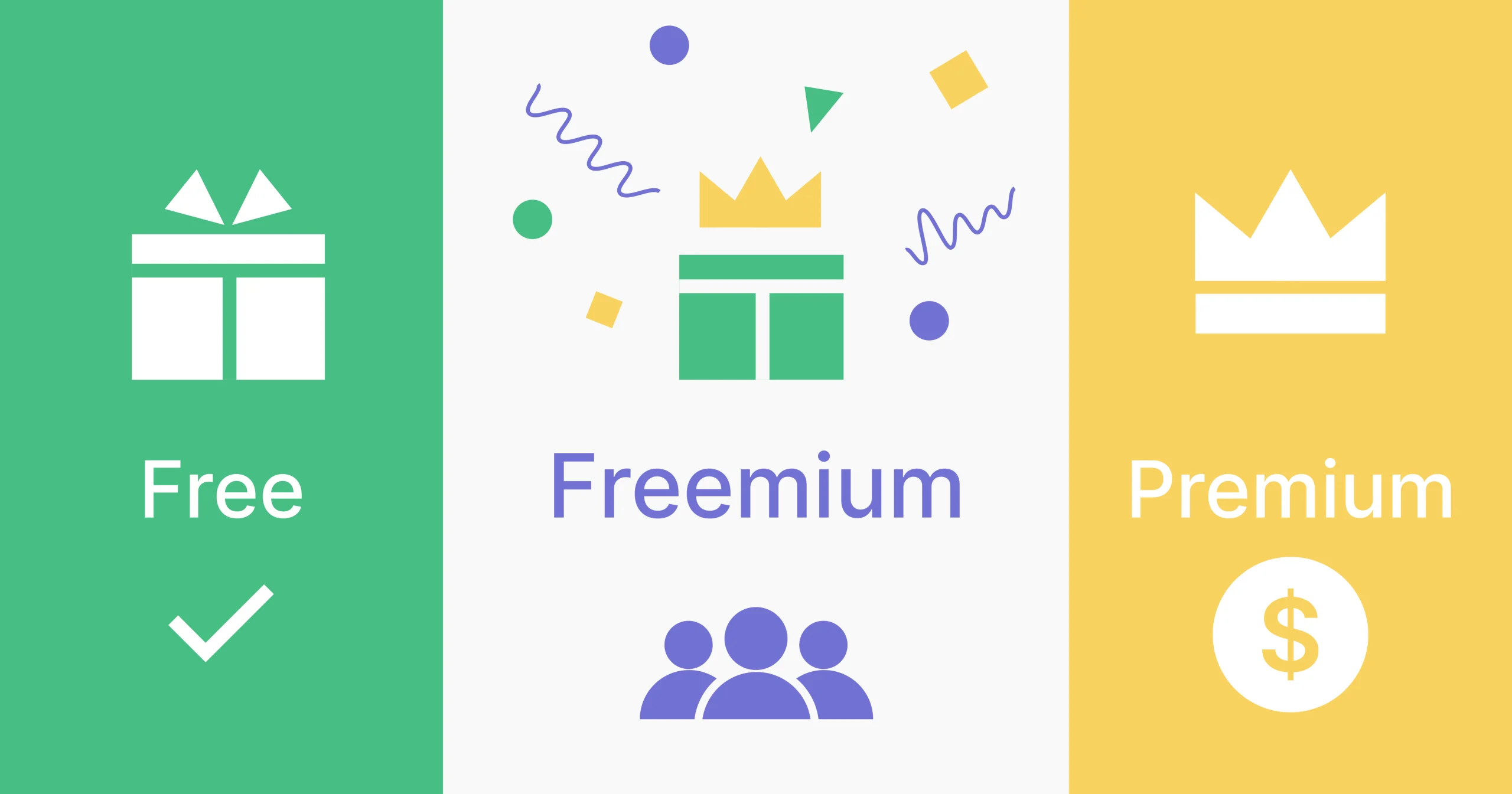
It also works great in the case of extra or professional content (commonly called “gated content“) such as webinars, e-books, case studies, white papers, and extended versions of posts or articles. You may generate some valuable leads that way, as you can propose content of that kind not only as paid but also in return for filling up the form with the user’s data. You may be almost sure that the leads generated so are at least a bit interested in your offer. Therefore, the chances for them to convert in the future are higher when compared to anonymous visitors.
As a rule of thumb, granting some free access to your offer is well-seen since it allows users to check out whether the product (service, etc.) is appropriate for them or not. Additionally, it clearly expresses that you are confident about what you are trying to sell and have nothing to hide, which fosters mutual trust-building.
12. Professional video marketing
B2B customer acquisition is typically a long process requiring more than just product-oriented marketing activities. Sometimes it is a good practice to establish yourself (or someone else from your company) as a field expert or authority, as it may lend you some credibility, which is pretty important. It may be the first step in attracting customers’ attention to your offer.
It surely takes some time and requires multichannel actions, but one way that may boost the process is professional video marketing. According to Wyzowl, four out of five marketers claim that using video in their campaigns positively influenced their companies’ sales. Instead of a cold text medium, videos are usually vivid, direct, multi-sensoric, and thus also more engaging. It is more likely to catch emotional contact with the user, which can be subsequently turned into business relations.
What sorts of videos are we talking about? Guides, workshops, courses, webinars, interviews, reviews, panels, etc. – the selection is nearly infinite. You may place videos directly on your website or use dedicated external channels like streaming platforms or social-media.
13. Multichannel
In order to enhance brand awareness and reach your target audience in an optimized way, you can also make use of multiple channels. According to Nielsen survey:
“20% of people purchased a product or service on their second screen tablet based on the program they were watching.”
Truth be told – engaging potential customers across various devices and media channels increases not just brand awareness, but also the willingness of consumers to purchase from you. Therefore, it is a promising practice that should be followed.
14. Guest posting
One of your jobs as a marketer is to be seen, and if the visitors are not on your website or landing pages, you need to showcase your content elsewhere.
Research the type of sites that your target audience frequents and reach out with a proposal to publish content there. That way, you will have additional sources of traffic as well as a wider audience.
One of the ways you can reach the right audience is by finding industry-specific blogs and creating sponsored articles.
15. Customer retention
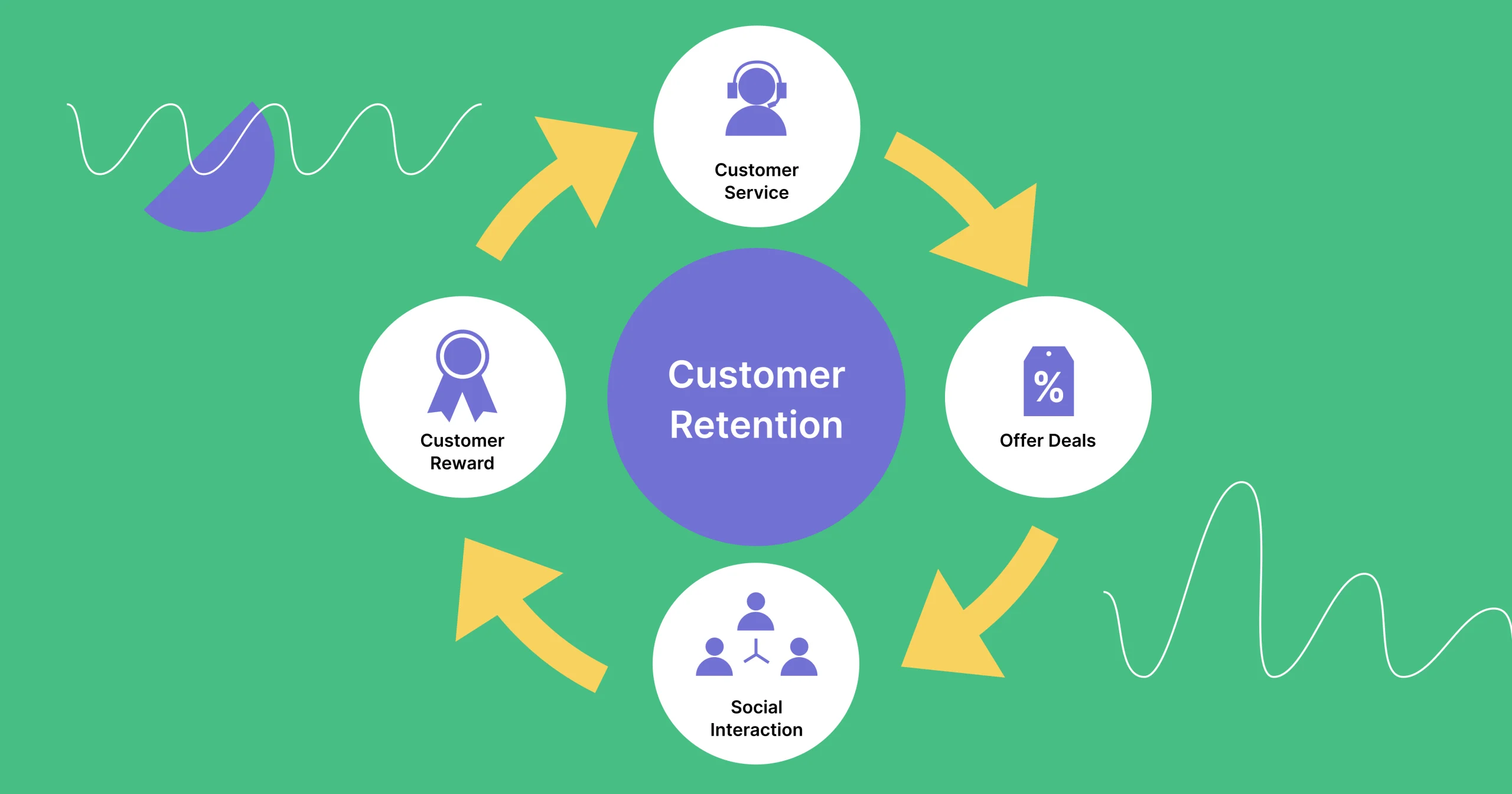
Last but not least, customer retention is another exemplary practice that you can implement. In B2B, customer retention refers to all the activities that prevent your customers from deflecting somewhere else.
Do you know that acquiring a new customer can cost five times more than retaining an existing one? Moreover, a slight increase in customer retention rates can increase overall revenue by 25–95% (learn more). It makes customer retention a powerful, cost-effective practice for increasing revenue.
Equip your team with the tools to acquire customers
As you can see, there are numerous practices that can assist you in implementing a successful customer acquisition process in B2B. Nevertheless – once you execute them, always have in mind your target audience as they are the final users of your activities.
In the end – real and honest relationship building is the most essential in customer acquisition, and you should never forget about it.
No matter how great your strategy is, your efficiency is only going to be as good as the software you use. The better your arsenal, the more options you have to plan, execute and verify various actions. Each strategy requires different tools to optimize your efforts.
As far as lead generation is concerned, a well-crafted landing page can be instrumental in gathering more contacts for future nurturing, but… it needs to be built!
That’s where Landingi comes in. It’s an easy-to-use landing page builder that gives you creative freedom and customizability even if you don’t have any programming or design skills. Along with a set of additional tools and features like A/B tests, event tracking or generating copy with AI, it’ll take your customer acquisition strategy to the next level.






